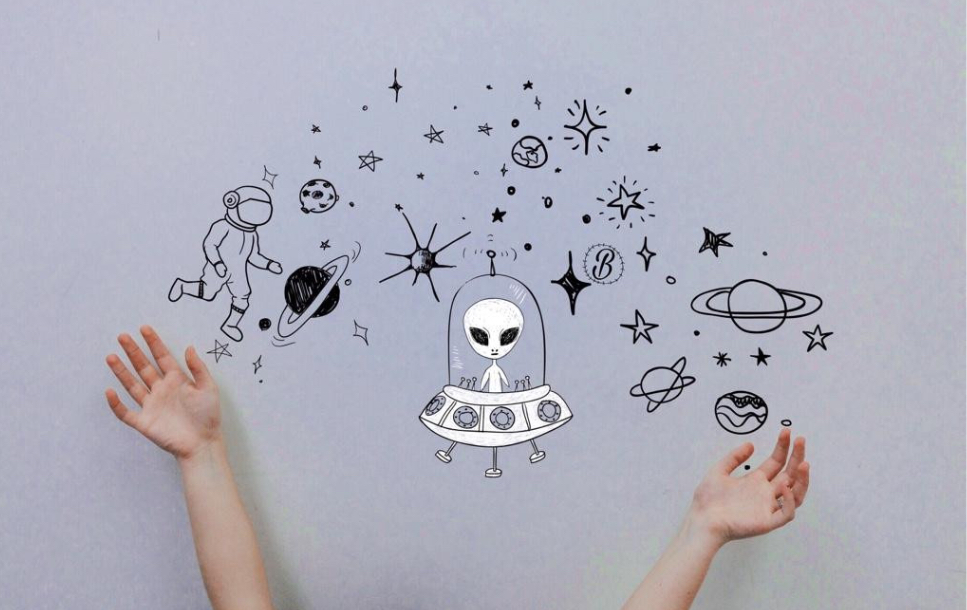What is the essence of creativity? This question has been my companion for some time now, a puzzle I am eager to solve in a way that aligns with my values and experiences. At this stage of my exploration, one particular definition resonates deeply with me. It comes from the creative thinker Roger von Oech:
“Creativity is transforming one thing into another.”
Why does this statement strike a chord with me right now? Like many, I often find myself reflecting on the relentless pace of the world around us. We are surrounded by an overwhelming stream of information, an endless cycle of new products, ideas, and distractions, all designed to feed our insatiable desire for novelty. We chase the next exciting thing, hoping to feel relevant, engaged, and in the moment. But in doing so, we often overlook something fundamental: the process behind creation itself.
In our obsession with outcomes, we miss the joy of the creative journey. The act of transforming one thing into another, whether it’s an idea into a story, raw materials into art, or experience into wisdom, is where the real magic happens. Creativity is not just about producing something new; it’s about engaging with the world in a way that changes both it and us in the process.
The Evolution of Creativity
The way we think about creativity today is a modern construct. In ancient times, creativity was not seen as an individual gift but as divine inspiration. The Greeks spoke of the Muses whispering ideas into the ears of poets and thinkers. The Renaissance shifted this view, introducing the concept of the “creative genius”, a person uniquely capable of innovation, like Leonardo da Vinci or Michelangelo.
By the 20th century, creativity became democratized. It was no longer reserved for artists and inventors; psychologists and educators argued that creativity was a fundamental human trait, one that could be nurtured in anyone. But have we truly embraced this idea? Or have we, in our pursuit of mass production and efficiency, lost sight of the intrinsic value of creative thought?
Creativity vs. Innovation
This raises another question: is creativity the same as innovation? Many use these terms interchangeably, but they are not quite the same. Creativity is the act of bringing new ideas to life, while innovation applies those ideas to create tangible value. One is about exploration; the other, execution.
Consider figures like Nikola Tesla and Thomas Edison. Tesla was a visionary, dreaming up revolutionary concepts, but it was Edison, the relentless experimenter, who turned ideas into practical inventions. Both were essential in shaping modern technology, yet they embodied different aspects of the creative process. So, where do we place the greatest value? On the raw, unfiltered spark of an idea, or on the ability to make it real?
Reclaiming the Joy of Creation
Looking at history, it’s clear that creativity has always been at the heart of human progress. Yet today, we risk treating it as a commodity, something to be optimized rather than experienced. Perhaps it’s time to pause and ask ourselves: are we creating for the sake of transformation, or just for the sake of production?
The joy of creativity is not in the final product but in the act of making. Whether we are crafting, writing, designing, or problem-solving, the true reward is the process itself. When we embrace that, we don’t just create, we grow, we evolve, we transform. And in the end, isn’t that what creation is really about?
This perspective is something I bring into the strategy workshops and advisory work at Managed Wisdom. True strategy isn’t just about achieving an end goal; it’s about engaging with the process of discovery, challenging assumptions, and transforming insights into action. In every session, the focus isn’t just on what organizations should do but on how they think, adapt, and create.
Because whether in business or in life, creativity is the driving force behind meaningful change. And when we embrace it, not just as a tool for innovation, but as an essential part of how we approach challenges, we don’t just solve problems. We shape the future.
